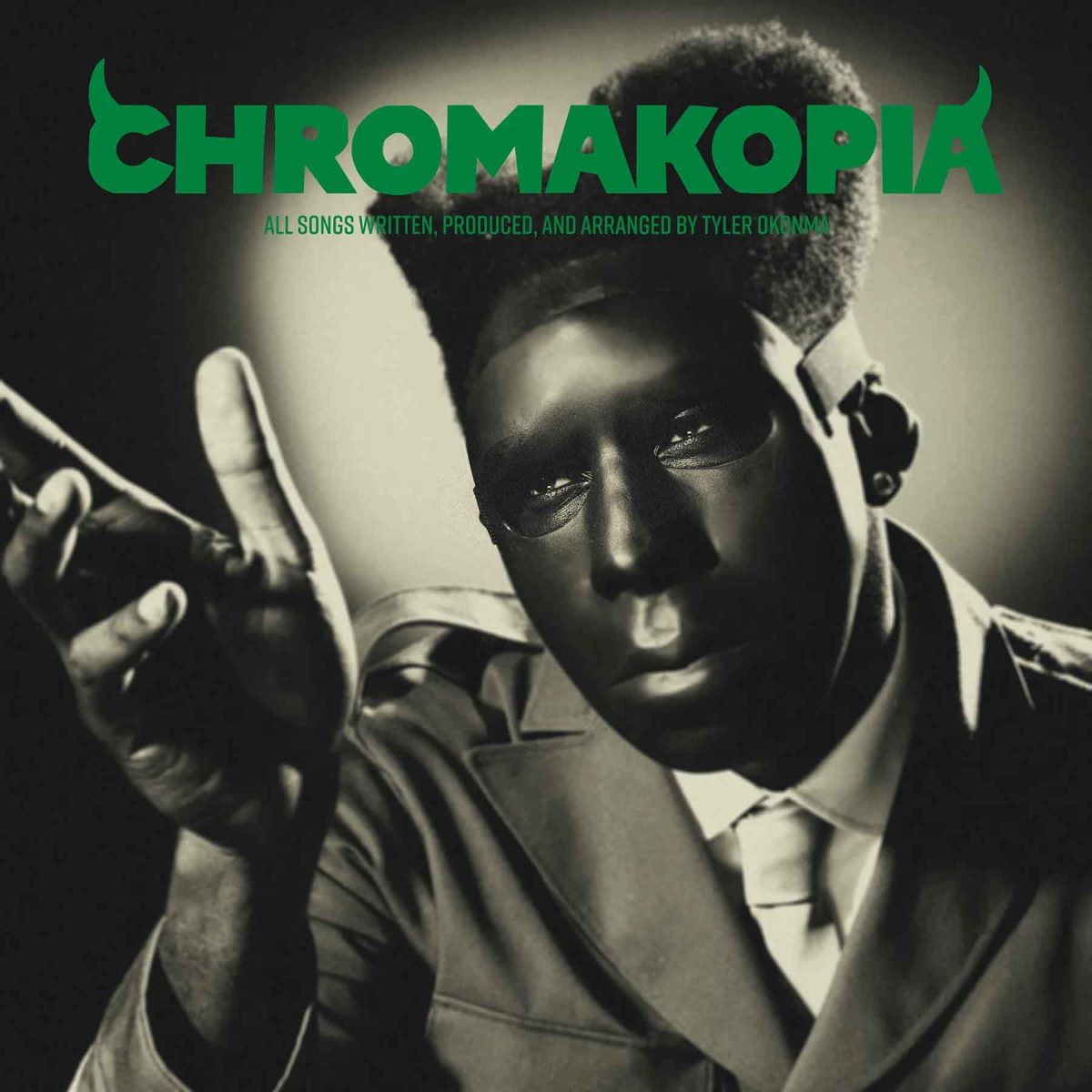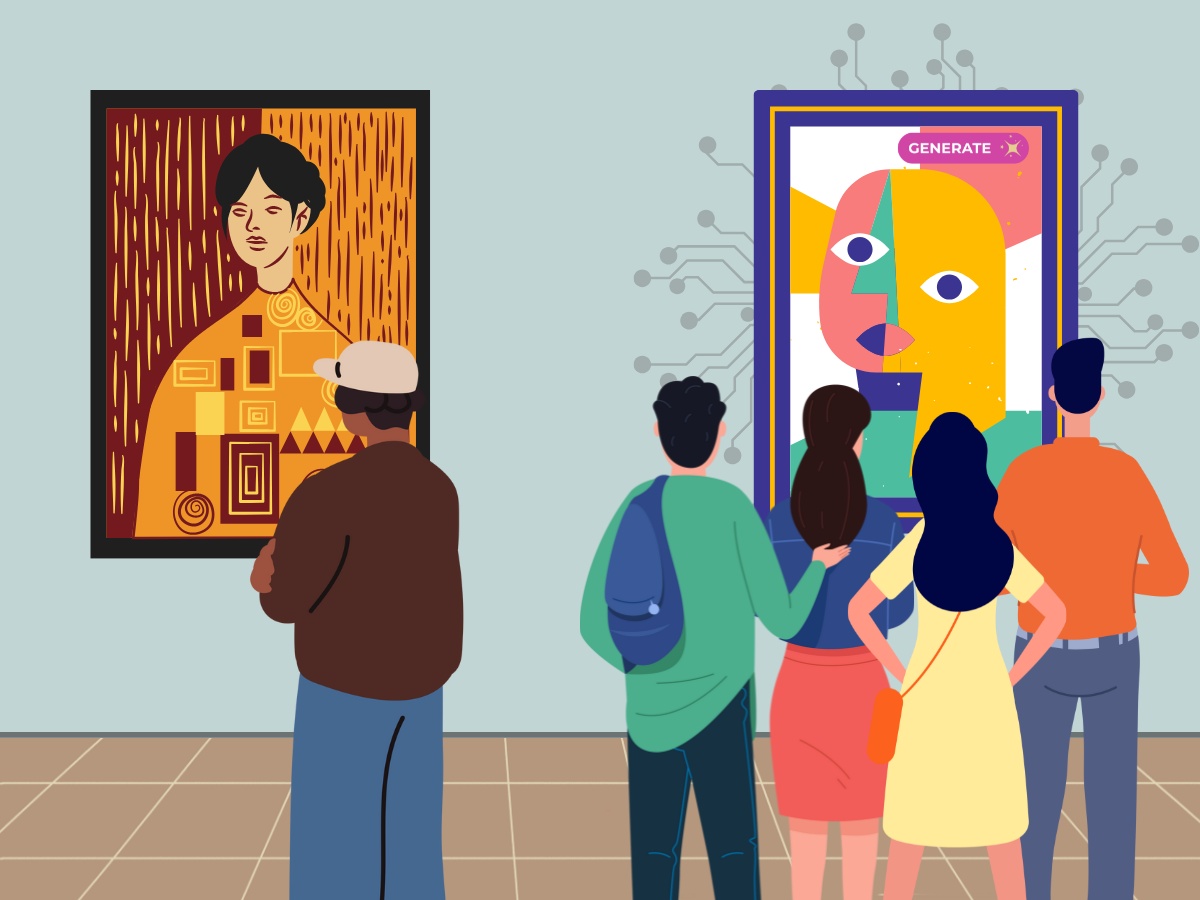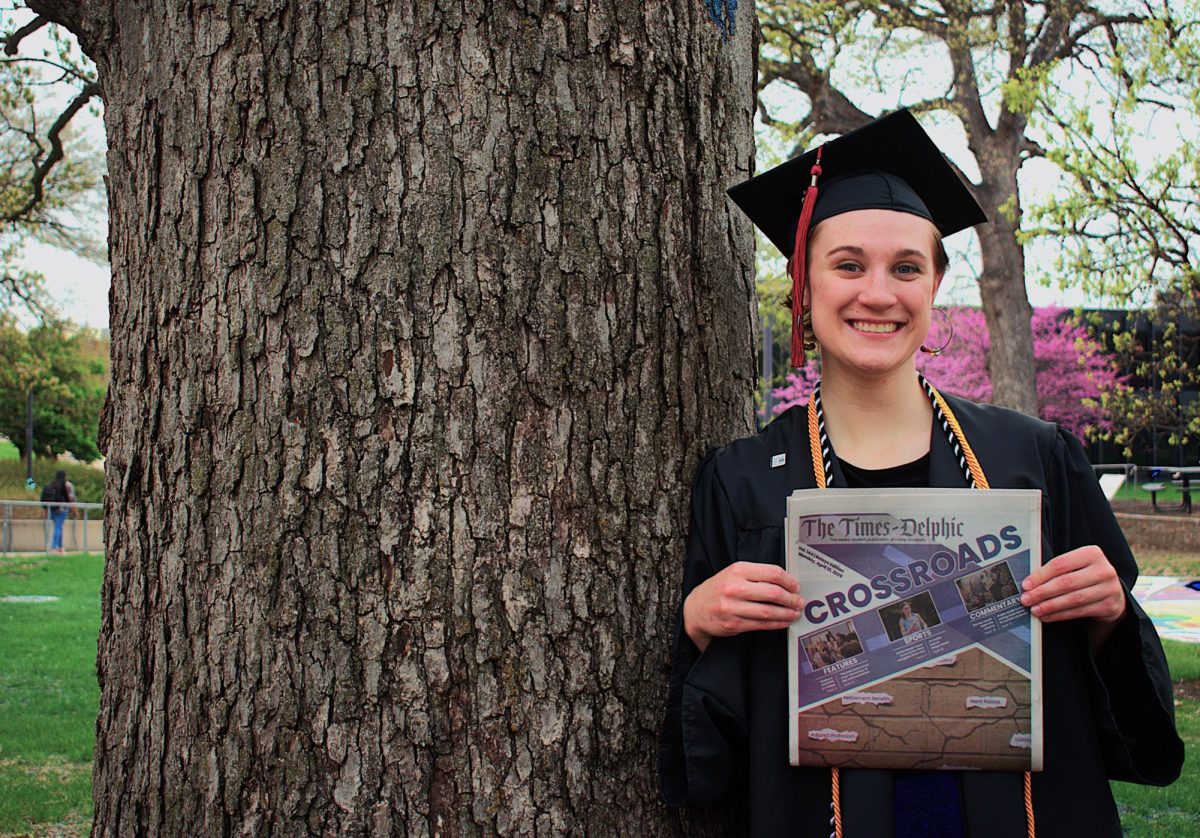Over the last seven years, rapper and producer Tyler, the Creator has established himself as a creative force, dominating the domains of music and fashion, all the while establishing himself as an impossible-to-miss figure in wider, popular culture. Albums like “Flower Boy,” “IGOR” and “Call Me If You Get Lost” have brought Tyler from being a brash, immature teenager to a refined musician with a discography rivaling the very best of his contemporaries.
Released on Oct. 28, “CHROMAKOPIA” is by far Tyler, the Creator’s most vulnerable album yet. Charged with themes of paranoia, agency, parenthood and sexuality, the two-time Grammy winner reaches an even higher level of musical maturity than ever seen before in his work.
The album’s introduction, “St. Chroma,” is absolutely emblematic of Tyler’s style. An instrumental that is all pieces beautiful, eerie and head-bang-inducing underlies lyrics that vary from brash,“That’s one mil for each wheel. Top ten, big deal,” to inspirational, “Don’t you ever stop being who you are, and dimming your light for none of these motherf***ers out here.”
As soon as Tyler reminds listeners of his classic production and writing styles, he moves into a more experimental soundscape. “Noid” draws listeners in too close to Tyler as he raps about the struggles of the paranoia he experiences as someone in the public eye, ironically desiring to have his space be respected.
“Noid” is also Tyler at his best in instrumental production. A psychedelic rock-inspired instrumental sounding more like a King Crimson song than a Tyler, the Creator song, “Noid” trades off duties with an array of synths, only heightening the discomfort that Tyler and listeners feel. It also wouldn’t be a Tyler, the Creator album without a niche sample: The song’s chorus is pulled from a 1977 song by the Zambian band, Ngozi Family.
Such rich diversity of instrumental and genre makes “CHROMAKOPIA” an unforgettable listen.
“Darling, I,” the track immediately after “Noid,” dips listeners straight into the dreaminess of 1990s and 2000s R&B music, with the help of singer Teezo Touchdown’s angelic voice. “Sticky” is the rapper’s energetic foray into HBCU marching band instrumentals with features from rappers GloRilla, Sexyy Red and Lil Wayne, making the track an unbelievably fun listen.
Later in the album, “Like Him,” strips down to Tyler alone singing about his absent father alongside a piano, building into a cathartic finish. The following track, “Balloon,” does a complete 180, with a light-hearted synth joining Tyler and rapper Doechii, celebrating their unstoppable rise to the top, just like a balloon. The album’s final track, “I Hope You Find Your Way Home,” concludes “CHROMAKOPIA” with a dramatic synth solo, giving listeners the time to reflect before it’s over.
Aside from the quality of the instrumentals, Tyler’s lyrical exploration of his troubles is doubly memorable.
“Hey Jane” is a hauntingly vulnerable telling of an unplanned pregnancy experienced by Tyler and a woman we only know as Jane. Tyler explores Jane’s perspective with a verse full of empathy and respect, as well as even more anxiety. On “Like Him,” Tyler asks his mother what his father, who he has never met, is like. He pleads: “Mama, I’m chasing a ghost, I don’t know who he is. Mama, I’m chasing a ghost, do I look?”
I would be hard-pressed to not mention how the featured artists in “CHROMAKOPIA” make the album an unmissable event.
Doechii, Lil Wayne, Sexyy Red and all the other artists previously mentioned are also joined by Daniel Caesar, ScHoolboy Q and Santigold, just to name a few. Uncredited appearances by Donald Glover (who you also may know as Childish Gambino) add yet another layer of creative star power to the project. Big names, big talent and big ideas are the name of the game in “CHROMAKOPIA.”
I could continue to talk about so many aspects of this album — the vulnerabilities of every track, the presence of his mother in so many songs, the sonic uniqueness of the whole project compared to the rest of the genre(s) — but at some point, it should be left to listeners to interpret the album for themselves.
Finding a flaw in this album requires a lot of nitpicking. The only thing I can say it doesn’t have is an undeniably classic song on the level of previous songs from Tyler’s other albums like “See You Again” on “Flower Boy” or “NEW MAGIC WAND” on “IGOR.” Then again, such a thing can only be established in due time.
For all that I have talked about, I’m rating “CHROMAKOPIA” at 9 therapy sessions out of 10. “CHROMAKOPIA,” though not Tyler, the Creator’s best album, is hard for me to argue against being the best album of the whole year. I highly recommend anyone to listen, not just those already appreciative of the rap, R&B and alternative genres, but also those looking for a place to gain familiarity with experimental hip-hop.







